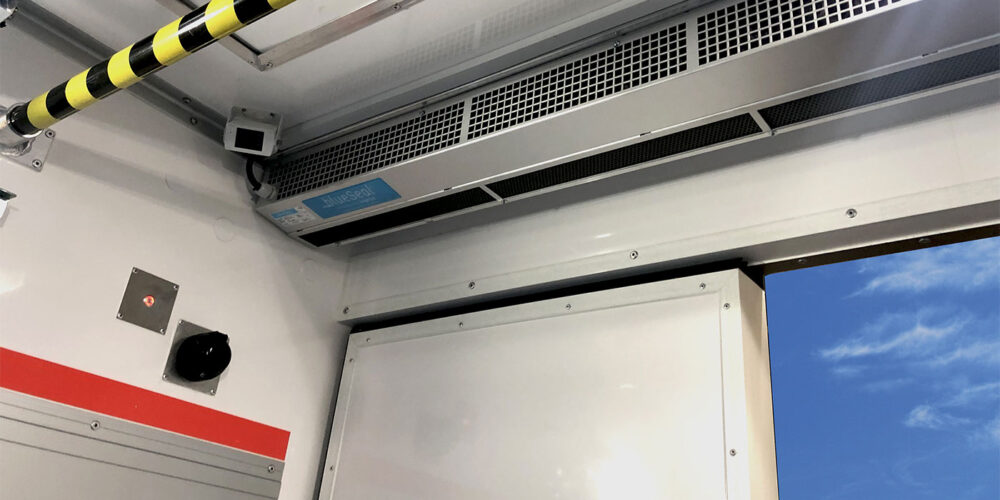There are lots of incentives in today’s transportation business to maximize efficiencies by carefully matching equipment—especially trucks—to the tasks at hand. Recent new truck sales reports from Wards show that purchases of Class 3 through 6 trucks through September are substantially higher than in earlier years, especially compared to the same time period in 2009. These weight classes have traditionally been tied closely to the housing and construction markets, both of which continue in economic doldrums. In fact, the larger dump trucks and other construction vehicles (mostly Class 7-8) used in these vocations still are currently selling poorly. There seem to be several new trends, however, that are changing the traditional market demographics of the lower GVWR trucks.
Specifically, many local and regional delivery vehicles are being downsized in search of lower initial vehicle pricing, better fuel efficiency and lower tare weight. Vehicle manufacturers are keenly aware of this new business opportunity and are upgrading engine, transmission and other chassis components to address some fleet concerns of long-term reliability, ease of serviceability, warranty, third-party body builder flexibility and other similar issues associated with commercial use of the smaller trucks. Remembering that tires are typically the second largest maintenance expense, it is essential that proper tire selection and service procedures are also considered.
First, consider that many of these smaller trucks have traditionally been sold for personal use, recreation and other lower mileage and lighter duty cycle markets. Tire manufacturers have optimized tires for these uses with generally lower treadwear performance, stylish sidewall designs, lighter duty (in some cases, non-retreadable) casings, softer riding qualities and often less expensive initial (as opposed to life-cycle) pricing. Many have tires that are rated for cold inflation pressures up to 80 PSI, but still use rubber snap-in valves that may not be as desirable as traditional clamp-in metal valves used on most fleet trucks. These concerns tend to be found more in vehicles with GVWRs in the 10-16,000 lb. range. Another special note is that many RV cab-chassis are fitted with special RV tires that generally are high quality, retreadable casings, but have shallow (shorter treadlife) treads that would not be optimum selections for fleet service.
A further suggestion is to take advantage of experience already existing in the industry by expanding best practices or benchmarking information gathering beyond your traditional peer group references. For example, large package delivery fleets and utility service companies have used these lower GVWR chassis for many years. Consequently, they have lots of maintenance records, life-cycle cost data and a lengthy list of things that do (or don’t) work on these vehicles in commercial applications. In some cases, components such as higher initial cost steel casing tires, added transmission oil coolers, more frequent lube changes, etc. can reduce overall operating costs. Also consider the traction requirements of the lighter tare weight trucks, especially those operating in cold or inclement weather conditions. Although truck tires generally are axle-specific, drive axle tires on larger trucks have evolved to emphasize long treadlife, since the heavier loadings and relatively narrow treads ensure high unit tread pressures, and therefore good traction on wet or snowy road surfaces. Lighter trucks in similar conditions may benefit from more aggressive traction or winter tread design types.
Another suggestion for fleet members who attend Technology and Maintenance Council (TMC) meetings is to monitor or participate in the activities of Study Group S.14, titled Light and Medium Duty Trucks. Many issues of properly specifying and maintaining these trucks in fleet service are addressed in this forum. Also, tire company field engineers can help fleets anticipate some of these potential costly issues. Most of those who supply larger commercial tires have new products, training materials and information they are anxious to share about this evolving downsizing/rightsizing commercial truck market.













